12 Best Vegetables to Grow in the Shade
A little shade shouldn't stop you from enjoying a bountiful harvest of homegrown veggies.
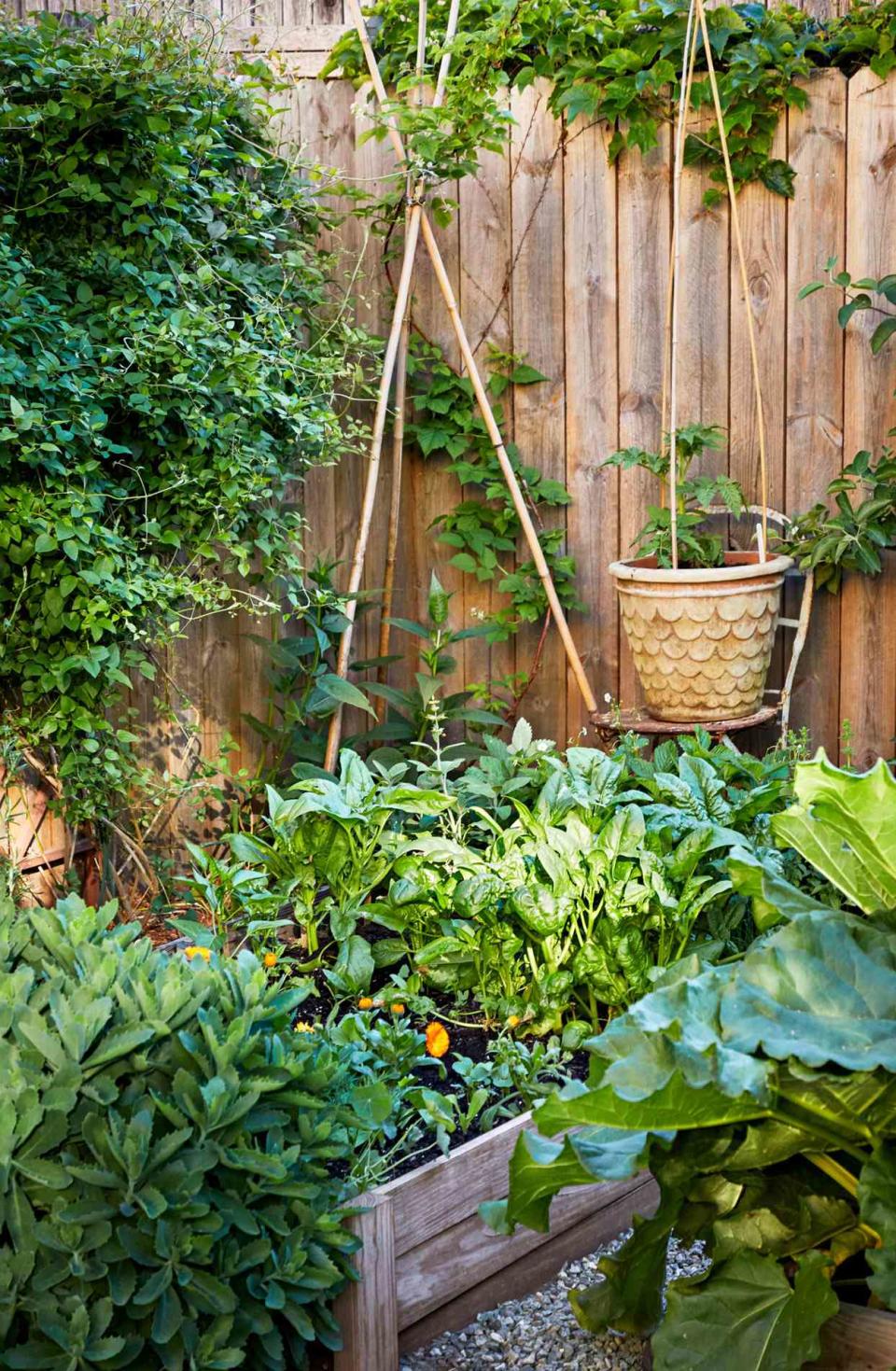
Most vegetables grow best in full sun—that is, more than six hours of direct sun each day. But if your yard is like mine, shade is the rule and sun the exception. Even in my sunniest corner, four to five hours of sun is the best I can expect. Fortunately, there are many crops that perform admirably in part shade, with three to five hours of direct sun or bright dappled sun all day long. So don’t let a little shade keep you from growing veggies, just be sure to pick the right ones.
Most shade-tolerant vegetables are grown for their leaves or roots. Unlike tomatoes, peppers, squash, cucumbers, and most other fruit-producing crops, these don’t need to be saturated with sunshine all day long to mature. In fact, a bit of shade may extend their harvest season by delaying bolting (flowering and going to seed). Some legumes and several herbs are quite happy to be included in a partly shaded vegetable patch, too.
Lettuce
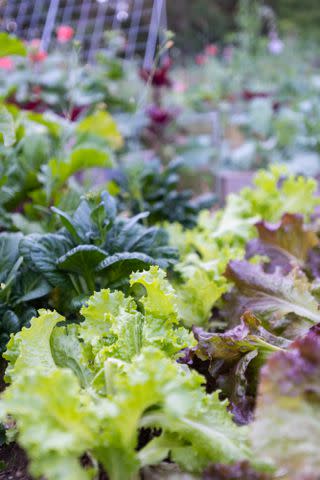
Kindra Clineff
Like most leafy greens, lettuce grows well with just three to four hours of direct sun. Loose-leaf types are the best choice for part shade. Thin out young plants to use as baby greens and to give more space to the remaining plants. Harvest full-size plants whole or leaf by leaf. There are many varieties of lettuce that offer different leaf colors and shapes, so plant several to add pizzazz to both your garden and your salads.
:
Spinach
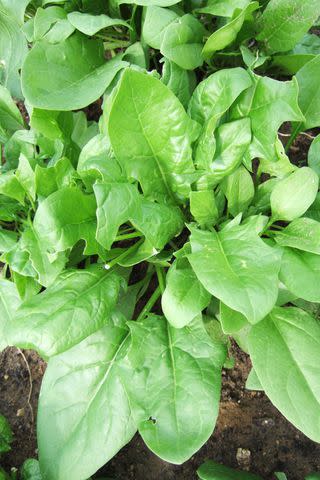
Denny Schrock
Spinach is a cool-season crop that can be grown for spring or fall harvest. The spring crop is likely to last longer in a partly-shaded garden because it will be slower to bolt. Part shade is even more helpful for the fall crop since it’s sown in late summer when temperatures are high—shade keeps the soil cooler, which helps germination and early growth.
Herbs
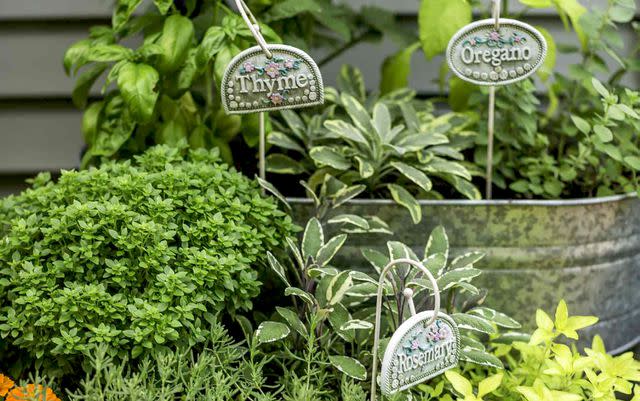
A number of herbs perform very well in part shade if they get about four or five hours of direct sun. Basil, chives, rosemary, parsley, chervil, and cilantro are all good candidates. You can grow several of these together in a large container such as a half whiskey barrel to save space and use a well-draining potting mix. Harvest as needed to add flavor to your meals all through summer.
:
Peas
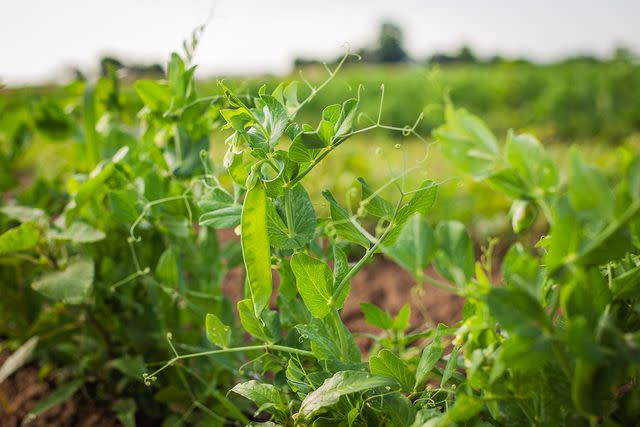
Garden peas, snap peas, and snow peas are all cool season crops that get started in early spring—often before deciduous trees leaf out, which may give you a bit of extra sun early in the season. As spring progresses and the peas mature, the shade provided by nearby trees may help extend their harvest.
Bush Beans
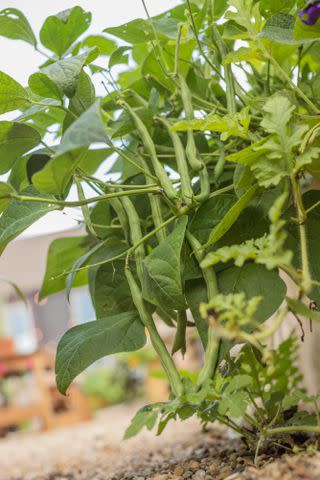
Bob Stefko
Bush beans can do quite well in part shade with at least five hours of sun. It may take a bit longer for the crop to mature, but once the beans start to develop, plants continue to produce for several weeks.
Radishes
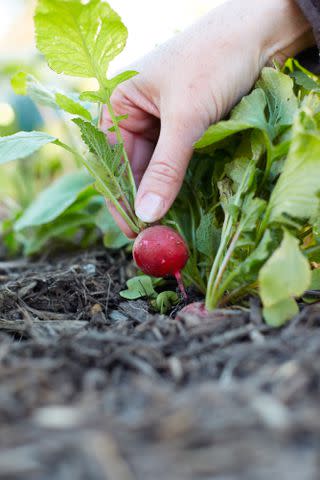
Cameron Sadeghpour
Radishes are another cool season crop—they grow best in temperatures between 50 and 65°F. They can be sown in spring before trees leaf out, so they benefit from more sunshine early in their growth cycle. They need about four or five hours of sunlight to produce their tasty bulbs. Hot weather causes them to go to seed, so a bit of shade can keep them cooler, extending their harvest.
Turnips
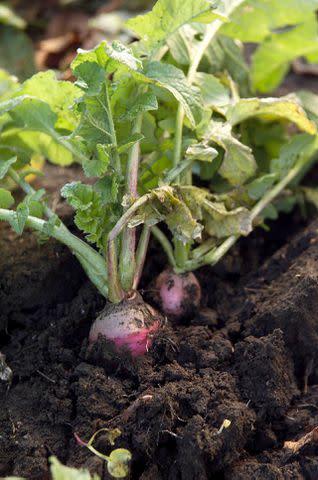
Better Homes & Gardens
Like radishes, turnips thrive in cooler temperatures, so can be planted for a spring or fall harvest. When seedlings are three or four inches tall, thin plants to two to four inches apart. Don’t forget that turnip greens can be eaten as well.
Beets
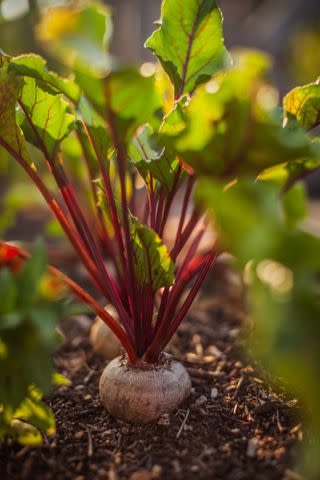
Bob Stefko
Although their roots might not get as large as those grown in full sun, beets will produce a good crop with just four or five hours of sunlight each day. And don’t forget that their leaves can be eaten as well—young leaves are great additions to salads and stirfry. Sow beet seeds directly in the soil two to three weeks before the last expected frost, and again in late summer for a fall crop. Thin seedlings to about three inches apart.
Green Onions
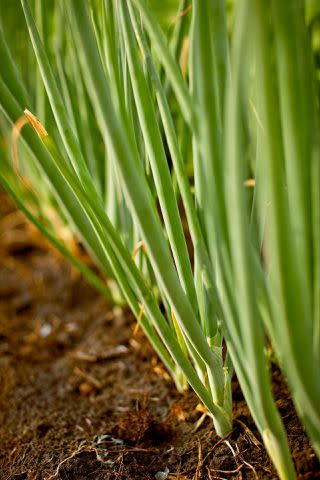
Green onions, also called scallions or bunching onions, are easy to grow as long as they get at least four hours of sun per day. They can be started indoors or sown directly in the ground. Thin seedlings when young so that your plants are about two inches apart—use the thinnings in salads, omelets, or as a garnish. Sow every few weeks from early spring through summer for a continuous harvest.
:
Kale
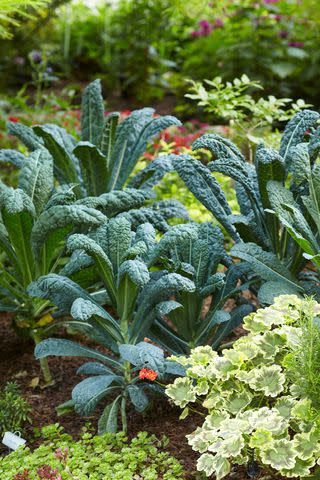
Peter Krumhardt
Kale is a real cool customer—it thrives in cooler temperatures and in mild regions may survive winter, providing a very long harvest season. There are several types of kale to choose from, in a range of colors including bright green, dark purple, and almost blue. Sow outdoors in early spring and again in summer for a fall/winter crop. By harvesting individual outer leaves, the plant continues to produce new leaves from the center.
Swiss Chard
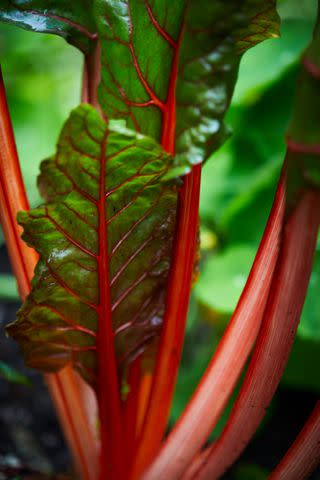
Brie Williams
Closely related to beets, the leaves and stems of Swiss chard can be eaten raw or cooked. While it is a cool season veggie, it is more tolerant of heat than most leafy greens. It grows well with a daily dose of four to five hours of sun. Because there are many attractive, colorful varieties, it’s a good candidate for mixing into an ornamental garden or container planting.
Arugula
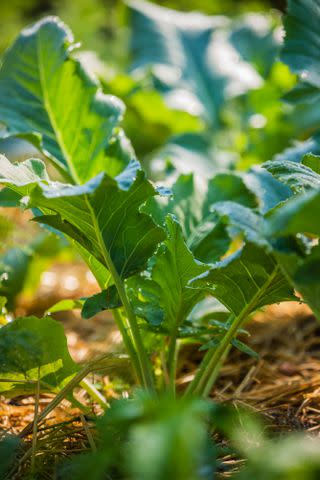
Bob Stefko
The peppery flavor of this fast-growing green benefits from the shade, keeping it from getting too spicy. Arugula can be sown in early spring and again in fall: sow several plantings at two-week intervals to extend the harvest season. Leaves taste best when harvested young—less than three inches long.
The above crops are some of the best choices for any partly-shaded vegetable garden. If you’re feeling adventurous, there are other crops that often produce well in less than full sun, including cabbage, broccoli, carrots, leeks, rutabagas, and potatoes. Don’t let a little shade keep you from enjoying your own homegrown veggies.

